More power. It’s the rallying cry of gearheads regardless of your preferred make or model. By and large, power costs money. But there are relatively cheap ways to increase horsepower most enthusiasts can do themselves.
Searching for more horsepower can quickly lead you down a complicated, expensive and potentially damaging rabbit hole. With that in mind, we limited the following list to what most mechanically inclined people with a free weekend, an open garage stall and a few hundred bucks can perform. Enjoy.
(Relatively) Cheap Ways To Increase Horsepower
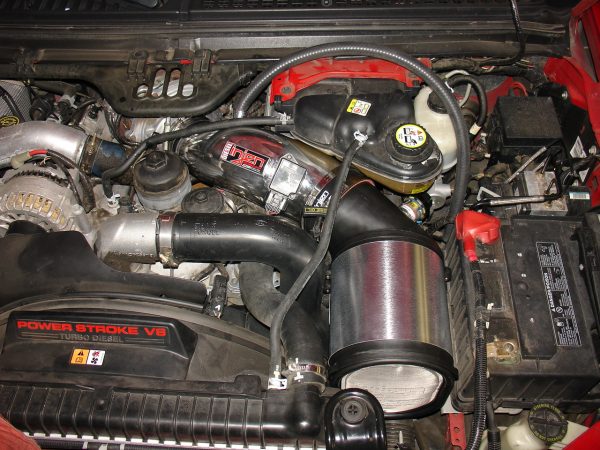
1. Upgrade the Air Intake
Many gearheads start here. For later-model throttle-body systems, upgrading to a cold-air intake is relatively simple and can provide a noticeable horsepower increase.
An engine is essentially an air pump. The more air it takes in, the more power it can put out.
Cold-air intakes help eliminate the sharp bends and restrictive air passages of some stock intakes. Abrupt transitions and sharp edges in the intake create turbulence, which reduces power.
Increased airflow triggers the computer to add more fuel to the fuel/air mix. More fuel/air equals more power.
As the name implies, cold-air intakes draw cooler air from outside the engine compartment. Cooler air is more dense and oxygen-rich, again resulting in the computer increasing the amount of fuel, helping the engine make more power.
For most carbureted/traditional intake configurations, a hood scoop or cowl-induction hood into a high-flow air cleaner is desirable.

2. Upgrade the Exhaust
More air entering the engine means more air has to exit the engine.
Long-tube or equal-length tube headers will almost always outperform a cast “log-style” manifold. Equally, mandrel-bent tubing (sized to match the performance of your engine) into high-flow mufflers frees up the most flow.
Your system is only as big as its smallest point; tight kinks in the corners will constrict exhaust flow.
While many stock exhaust systems can handle the added air from an upgraded intake, consider upgrading to a cat-back exhaust or high-flow catalytic converter, especially if you’ve already modified your engine to make more power.
A cat-back exhaust includes everything installed after the catalytic converter, including the resonator, exhaust piping and muffler.
It’s typically designed with larger-diameter parts compared to the stock exhaust, allowing greater airflow. Since it includes everything after the catalytic converter, you don’t run the risk of disrupting your vehicle’s emissions system by messing around with the catalytic converter.
Even so, a stock catalytic converter can restrict airflow and reduce power, making it a prime target for an upgrade. A high-flow catalytic converter features larger openings on either end, increasing airflow and power.
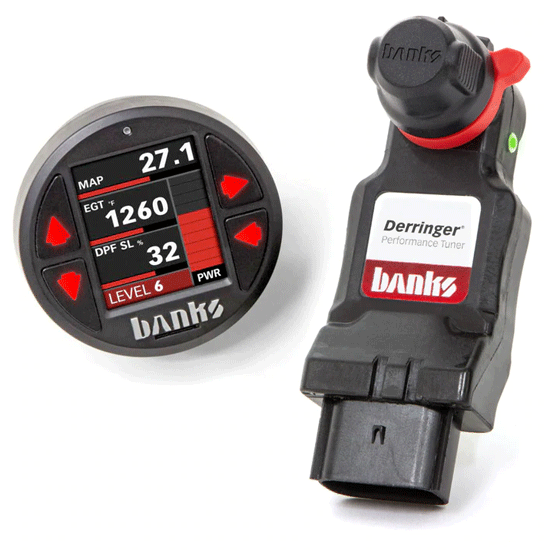
3. Install A Performance Tuner
Often called “chips,” performance tuners plug into the diagnostic port. They modify the fuel and timing maps to increase performance, typically at the expense of fuel economy. Some performance tuners can improve fuel economy, though.
Tuners are especially popular among diesel owners. They’re about the simplest upgrade to install available on the market.

4. Install a Boost Controller
If your engine is equipped with a turbocharger or supercharger, it arrived from the factory to deliver a preset amount of boost, measured in psi.
Installing a boost controller allows you to adjust the boost level produced in the intake manifold. It’s a good idea to install a boost gauge as well so you don’t overdo it. A good rule of thumb is to increase boost no more than 15-20% over the factory setting.
Bear in mind that increasing boost too much will damage your engine. Do your research, be careful and consider reaching out to a professional for guidance.
5. Clean the Fuel System
Cleaning fuel-system deposits optimizes the spray pattern, which improves combustion and horsepower. AMSOIL P.i. Performance Improver offers an inexpensive fix.
In third-party testing using a 2016 Chevrolet* Silverado* with 100,616 miles (161,926 km) on the odometer, AMSOIL P.i.® improved horsepower 14%¹ in just one tank of gasoline, as the graph shows.

Increasing Horsepower Requires Increased Protection
All this added power and heat can invite engine wear and harmful deposits if your oil isn’t up to the challenge.
Upgrade to synthetic motor oil. While you’re at it, upgrade to synthetic lubricants throughout your vehicle. They offer improved wear protection and resistance to heat. But they also maximize power due to their ability to reduce friction compared to conventional lubricants. Less friction helps maximize power to the ground.
One final word of advice: performing numbers 1-4 on this list can void your warranty, so check your vehicle owner’s manual and proceed with caution.
¹Based on third-party testing in a 2016 Chevrolet* Silverado* 1500, 5.3L V-8 GDI with 100,616 miles, using one tank treated with AMSOIL P.i. Actual results may vary.
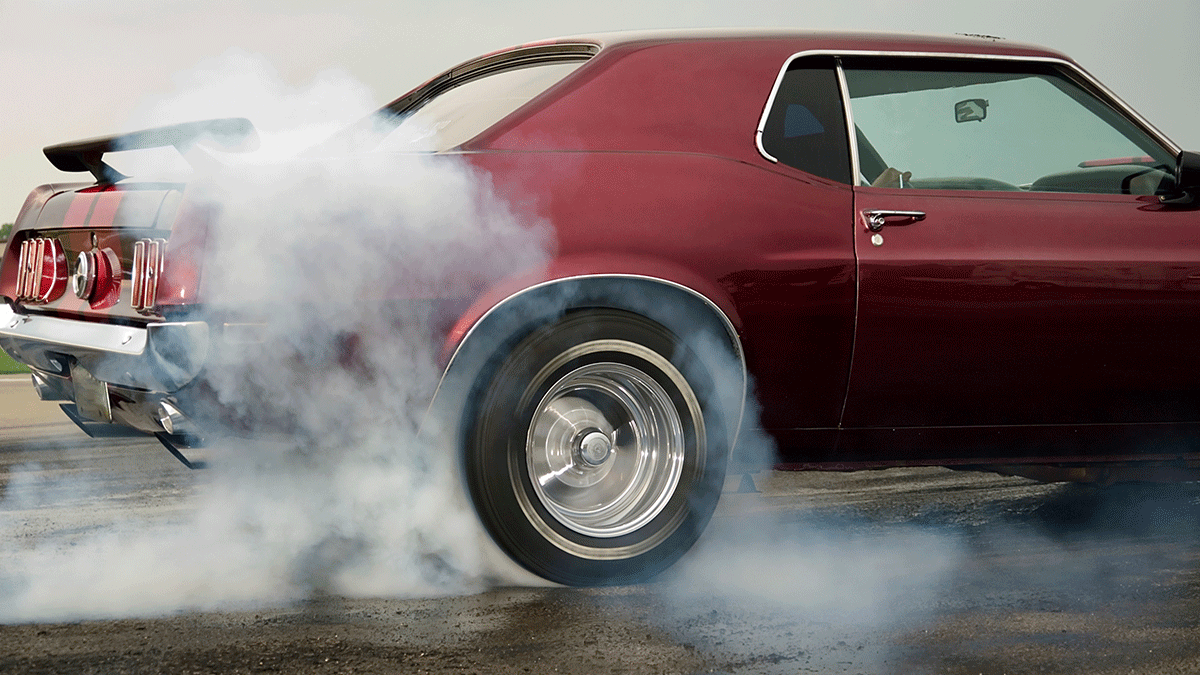

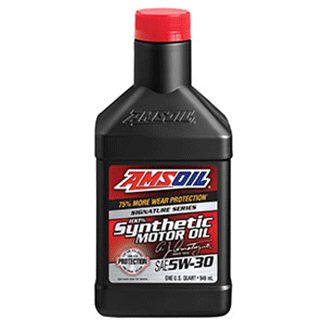



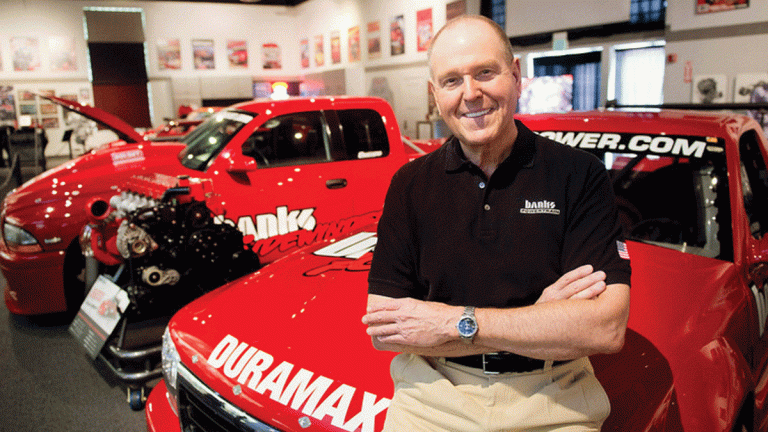

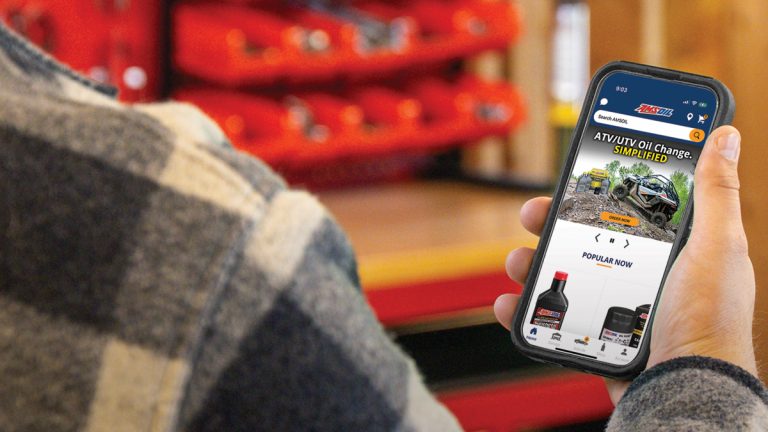

I liked the tips in the 5 ways to boost HP article–my quetion is — i have a 2012 dodge ram – is the intake manifold already tuned for max hp or is there room for improvement–also does Amsoil make the air intakes featured in the video that are installed on the nissan–thanks — i am an amsoil dealer 324867
Hi Stephen,
I can’t speak to whether the intake manifold on your RAM is tuned for max hp from the factory; I suggest you call the dealership. I can tell you, however, that AMSOIL does not make the air intakes on Nissans to which you refer.
Thanks for reading!
Cold air intake.. cat back exhaust..chip tuner…
boost controller… all for under 500 dollars.
ROFL.
Each upgrade, not all of them together.
Thanks for reading.
I have a 2008 ford fusion sel v6 i would like to turn it into a sleeper car i just dont kno exactly what i should upgrade any tips would be great
Get a Mustang with a V8. That’ll do it.
Be careful when buying a performance air intake. I see a lot of so called performance intakes that are worse than stock. Almost every late model vehicle comes with a cold air intake. A lot of cheap “performance” intakes are actually low performance, hot air intakes. make sure it draws air from in front of the radiator, not from the engine compartment.
There are also other ways to upgrade hp for 500 bucks you can upgrade to a aftermarket throttle body. Headers if you install yourself the headers will give you a torque increase too ! A high flow k&n air filter. Underdrive pullies. You can also get a throttle body spacer. They also make a electronic throttle controller which plugs in under the gas pedal and it increased throttle response Doesn’t increase horsepower but it does give you a kick in the seat performance gain that you really feel. If you have a older car 500 bucks can go a loooooooooong way to make hp
Simply throwing an aftermarket throttle body on your car does not generate more power. Concerning air flow, everything works together on an engine. So, a larger throttle body on the wrong intake manifold can actually regress power and performance. If replacing the throttle body you want to make sure it pairs well with the intake manifold you’re putting it on. Now, the right larger throttle body can help with the throttle, but really has shown to generate minimal power gains.
Thats what i said … i have an 01 monte ss … with l67 swap and hd trans … true cold air setup around $300 to $375 i believe … i have a pacesetter header to a high flow cat and out the gsx slp exhaust … true 3″ all the way to y pipe and i believe its like 2″ or 2.5″ at that point … dont know price on that … came with the regal gs i bought for the motor …
its been programmed with hp tuners but that was only $118 roughly … boost controller … no need its a stock eaton m90 and stock pulley so not really going to over boost anyway and other than smaller pulley idk how you could turn it up … which also costs … so with the boost controller id need a pulley … looking more than $500 already lol …
synthetic already ran in it … prefer mobile 1 … used it in my 06 cobalt ss and you can feel a difference from dirty to clean … but thats not really adding power … more of restoring … and im also not looking for more power out of a cold air intake …
ive learned that the eaton m90 builds alot of heat … so ive had to install autolite 104 plugs … 180 degree thermostat … tuned to cool acording to that so pretty much my car treats 194 degrees as 200 or 214 or whatever for the high fan … but temps usually dont rise but maybe half way to the next bar before cooling
I dont like articles like this … very misleading … cold air helps retain power doesnt really increase … you could get more cooler air … helps with flow … will feal better but not going to give hardly anything in numbers … ive tried it and looked stupid then lol
People read these articles and mess their engines up trying things they dont understand … like an engine running normal oil for all its life and then switching to something thinner … easier to pick up by the pump … is going to clean the gunk out of the old gaskets and start leaking … had this happen on my monte … again i looked stupid …
Theres more to the way an engine runs and what you need to do to put more power down along with keeping durable … rather than throwing some bolt ons on there pushing the motor to far and blowing it …
Are internals forged? New seals? Has the throttle body been worked to get performance increases out of the cold air? … many questions left unanswered simply because numbers are different from motor to motor
Hell i was trying to put a supercharger on my na 3.8 till i found out i had to lift heads for lower compression … internals cast from what ive been told … i would have killed my motor with bolt ons
Niw dont get me wrong there are some truths in this … but just throwing bolt ons at a motor in ignorance will leave more than a $500 performance bill
Maybe I am old in my thinking, but as I recall, most aftermarket “cold air intakes” incorporated a hi volume flow filter in both air and DIRT, is that not true anymore?
My 2014 RAM already has RAM AIR intake system and my 2015 Corvette also has a great factory system with a large filter.
I would consider a tuner for both, but I wouldn’t go past 100 ft-lbs more for the diesel, or past 93 octane for the Vette.
Both have been on AmsOil since first change.
AmsOil Dealer 75482
My f-150 coyote 5.0. Has been given a K&N 77 series cold air intake. Magnaflow stainless cat exhaust, and sprint booster (which changes the throttle response). I plan on a Bullydog tunner soon. It’s like driving a Boss Mustang and hauls donkey! Total investment so far is close to $1500.00. Also run AMSOIL of course. Having a lot of fun blowing the doors off of Chevy & Dodge. My tires however are waisting away.
I put an AMSOIL/Injen cold air intake on my 2008 Dodge Pickup when it was new. It made a lot of noise when you got on it but on the Hiway on a trip I saw no difference in fuel mileage or performance. It also voided my lifetime powertrain warranty. Opps. I suspose at 6000 RPM there would be a difference as in racing but don’t do that anymore. I put the OEM system back on and just keep clean air filters on hand. For a daily driver I’d shy away from the gauze filters as the don’t filter out the small particles very well. They were meant for racing where ultimate engine life was of no concern.
Just about every vehicle built in the last 20 years comes from the factory with a cold air intake. Many of the aftermarket air intakes are, in fact, low performance hot air intakes. You MIGHT increase performance with an aftermarket, low restriction cold air intake, but odds are pretty good that you will just spend a lot of money and make the intake sound louder. Louder is faster, right?!. In some cases, slight changes in airflow will cause a trouble code to set and bring on the check engine light. Most of the aftermarket tuner chips, and anything that increases turbocharger or supercharger boost pressure are very likely going to make your vehicle non compliant with emissions laws. The odds of getting caught are small, but the fines are large if you do get caught. Additionally, you are likely to void your engine and drivetrain warranty by modifying to increase power. And the manufacturers are very good at identifying aftermarket calibrations. Follow these suggestions at your own risk.